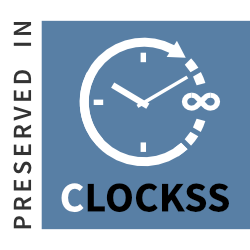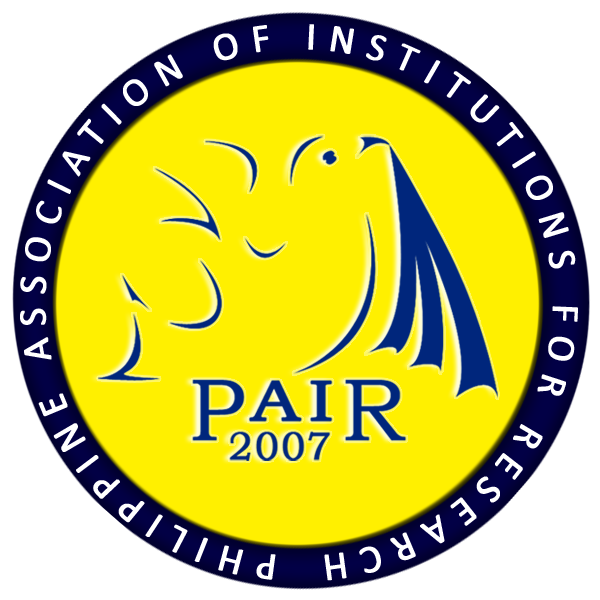Self-Efficacy and Academic Performance in Algebra among First-Year Private Non–Sectarian High School Students
DOI:
https://doi.org/10.7719/jpair.v17i1.281Keywords:
Mathematics Education, self-efficacy, academic performance, algebra, first year students, private non-sectarian, descriptive-correlational design, Davao City, PhilippinesAbstract
The determinants of students' academic performance caught the attention of many scholars for many years now. Among other factors, self-efficacy proved to be an important predictor of academic performance. In an educational context, self-efficacy refers to students' expectations about their ability to complete academic tasks successfully. Learners, who are unsure of their ability to complete the task, often give up when they encounter difficulties. This study tested the relationship between self-efficacy and academic performances in Algebra among first-year private non-sectarian high school students. The research design was descriptive- correlation survey method that utilizes a modified tool in Algebra self-efficacy scale in order to gather data from 163 first-year students from different high schools in Davao City. The academic performance measured in this study was based on students' third-quarter grades. Data were treated using Mean and Pearson Product - Moment Coefficient of Correlation. The results of the study indicated that the level of students' self-efficacy on Motivational Strategies, Cognitive Strategies, Resource Management, and Self-Regulated Learning is high. Furthermore, students' level on academic performance in Algebra is satisfactory. Self-efficacy was not significantly related to academic performance in Algebra. The study recommends using a standardized test in algebra to measure students' academic performance and with a bigger sample proportionate to the population of each school.
Downloads
References
Al-Harthy, I. S., Was, C. A., & Isaacson, R. M. (2010). Goals, efficacy and metacognitive self-regulation a path analysis. International Journal of Education, 2(1).
Downloads
Published
Issue
Section
License
Copyright (c) 2014 Lolly Jean C. Simbulas

This work is licensed under a Creative Commons Attribution-NonCommercial 4.0 International License.
Open Access. This article published by JPAIR Multidisciplinary Research is licensed under a Creative Commons Attribution-Noncommercial 4.0 International (CC BY-NC 4.0). You are free to share (copy and redistribute the material in any medium or format) and adapt (remix, transform, and build upon the material). Under the following terms, you must give appropriate credit, provide a link to the license, and indicate if changes were made. You may do so in any reasonable manner, but not in any way that suggests the licensor endorses you or your use. You may not use the material for commercial purposes.




















